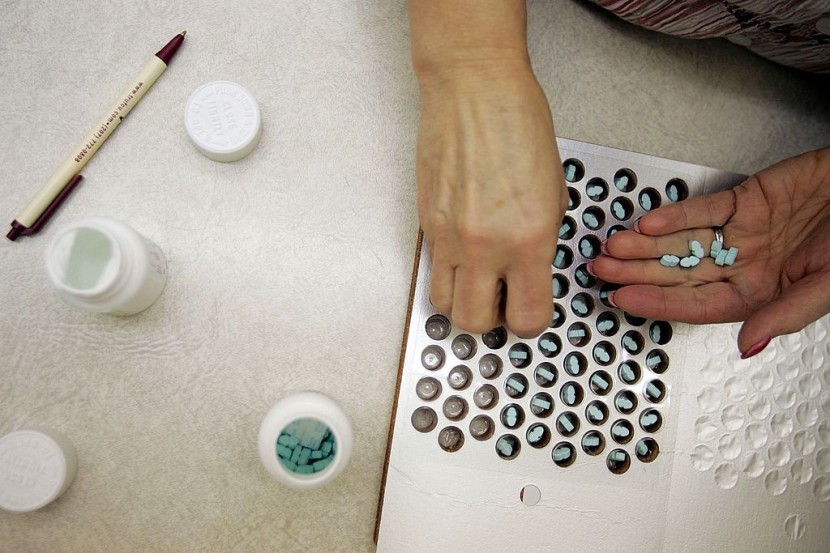Researchers finally discovered the reason why autoimmune diseases are higher among women compared to men. For the past few years, health experts and other professionals have been trying to know why ladies are more at risk of lupus and other similar diseases.

As of writing, statistics show that around 24 to 50 million Americans are suffering from autoimmune disorders. These include multiple sclerosis, rheumatoid arthritis, lupus, Type 1 diabetes, etc.
But, women are more vulnerable to them compared to them; around four out of five patients in the U.S. are women. Now, a new study finally discovers the reason behind this.
Researchers Explain Why Autoimmune Diseases are Higher in Women Than Men
There are already various theories explaining why women are more vulnerable to autoimmune diseases. The most supported one is the X chromosome since women have two of these sex chromosomes; unlike males who have one X and one Y chromosome.
This is also what researchers in the new study, which was published in the journal Cell, also believe. However, their findings revealed that the additional X chromosome in females is involved in autoimmune diseases in a very unexpected way, as reported by The Fortune Well.
Researchers said that an X chromosome has more genes than men's Y chromosome. Since females only have X chromosomes, their bodies need to switch off one of their sex chromosomes to avoid getting a toxic double dose of those genes.
They added that switching off an X chromosome is done by Xist, which is a special kind of RNA. This RNA parks itself in areas along a cell's extra X chromosome.
While the Xist is there, it attracts proteins that bind to it in weird clumps. This process silences the X chromosome so that it will not release too many genes in females.
However, some of Xist's stuck-on proteins are related to skin-related autoimmune diseases. Involved experts said that this could make antibodies mistakenly attack other normal proteins.
Read Also : Potential Pandemic? Scientists Warn of Deadly Threat of Zombie Viruses Preserved in Arctic Ice
How Xist Triggers Autoimmune Diseases

Experts said that they specially bred mice, which are susceptible to lupus-like conditions that can be triggered by a chemical irritant.
In their experiment, they used the lab mice to artificially create the Xist RNA. When the RNA was formed and triggered, they discovered that mice developed lupus-like autoimmunity at levels similar to females.
Because of this, they concluded that when the Xist RNA is triggered and leaked out of the cell, it will be seen by the body's immune system.
"We think that's really important, for Xist RNA to leak out of the cell to where the immune system gets to see it," said Dr. Howard Chang, a Stanford dermatologist involved in the study.
"You still needed this environmental trigger to cause the whole thing to kick off," he added.
Related Article: Alzheimer's Disease May Be Detected 15 Years Before Symptoms Emerge in New Blood Test








